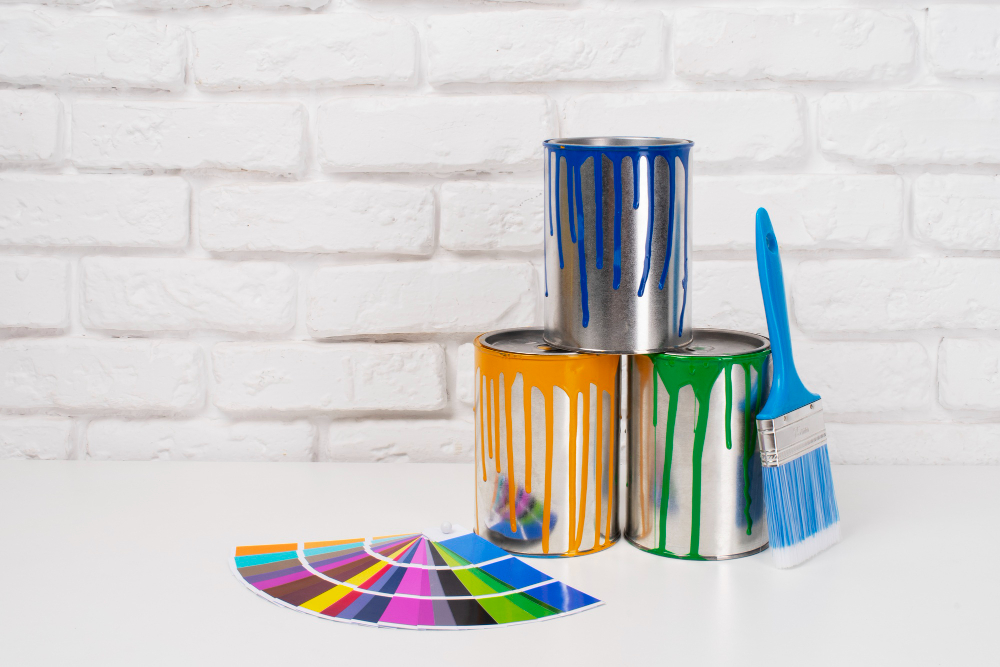
Creating Harmonious Building Painting Color Combinations: A Comprehensive Guide
Introduction
The choice of colors for a building's exterior can significantly impact its overall aesthetic appeal and convey a sense of style, personality, and functionality. Selecting the right color combinations requires careful consideration of various factors, including architectural style, surrounding environment, and cultural influences. This article serves as a comprehensive guide to help you navigate the world of building painting color combinations, offering insights, tips, and inspiration for creating harmonious and visually pleasing exteriors.
Choose colors that are adjacent to the color wheel. This combination creates a sense of unity and flow. For instance, blending shades of red-orange, orange, and yellow-orange can result in a warm and inviting exterior.
Triadic: This involves selecting three colors evenly spaced on the color wheel. The combination provides balance and contrast. An example could be a building with primary colors like red, yellow, and blue for a playful and dynamic appearance.
Environmental Considerations: The surroundings of a building can influence color choices. A building nestled in a lush green landscape might benefit from earthy tones like olive green and warm browns. In contrast, a cityscape could call for more vibrant and modern color combinations to stand out.
Cultural Significance: Different cultures associate colors with specific meanings. For instance, red can symbolize luck and prosperity in some Asian cultures, while white represents purity and simplicity in many Western contexts. Consider the cultural connotations of colors and ensure your chosen combinations align with your intended message.
Testing and Visualizing: Before committing to a color combination, it's crucial to test how the colors will appear in different lighting conditions. Paint small sections of your building's exterior with sample colors and observe how they look during different times of the day. Online color visualization tools can also provide a rough idea of how your chosen colors will interact.
Selecting the perfect building painting color combinations involves a blend of artistic sensibility, architectural awareness, and cultural understanding. Whether you're aiming for a classic, contemporary, or culturally significant look, the right color combination can transform your building's exterior into a visual masterpiece that harmonizes with its surroundings and expresses its purpose and character. By considering color theory, architectural style, environmental factors, and cultural nuances, you can confidently choose colors that create a lasting impact.




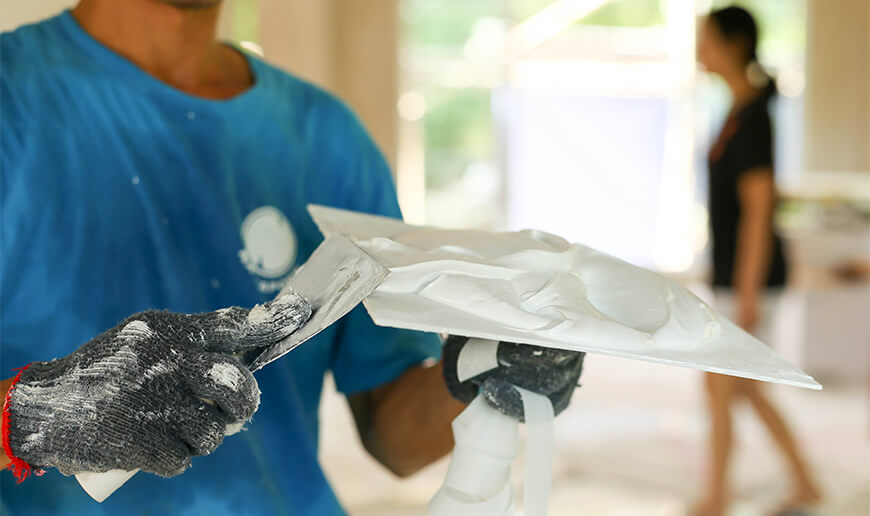
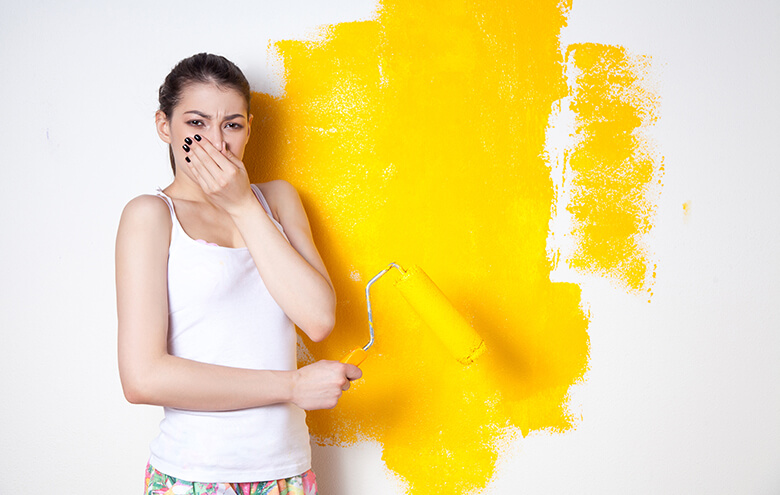
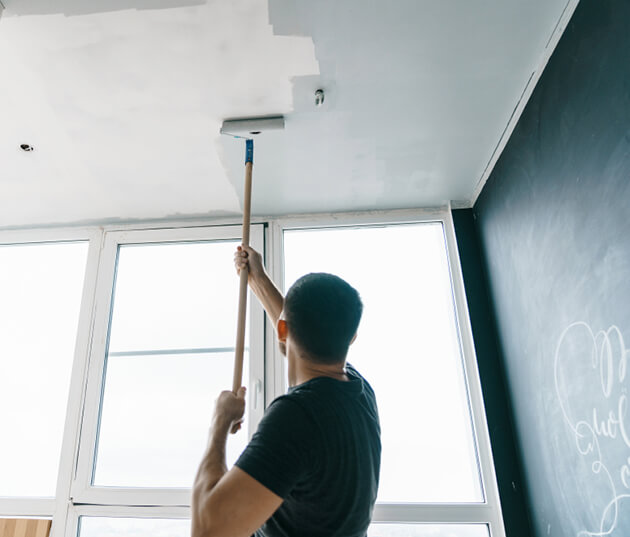
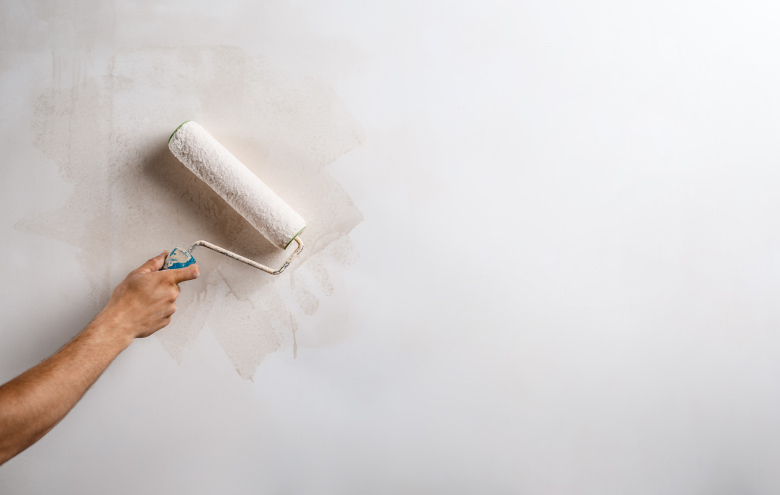

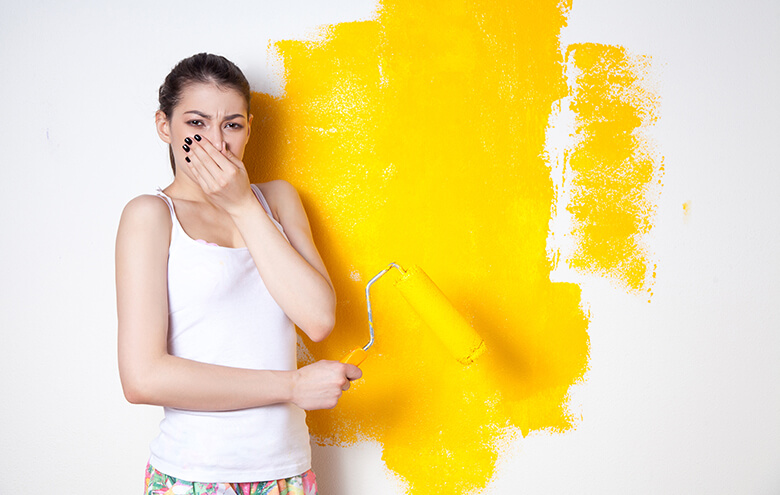
Newsletter
Subscribe to our newsletter and receive the latest inspiration and design advice, straight to your inbox.
Signin with your Registered Email
Signup here and find your Wishlist
You have successfully
updated your password.
preview
tell
space
mood
activity
vastu
sun sign
Please speak the color name*
a born
natural!